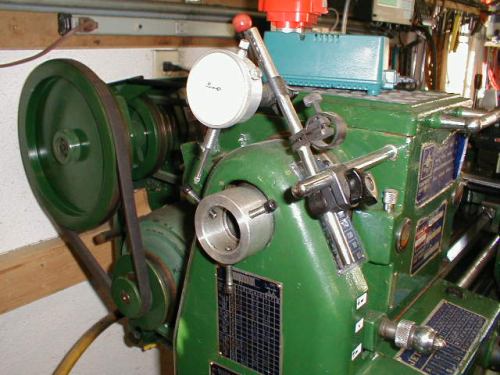C
coopshooter
Guest
its a trued surface
u cut it in alignment with the bore yes . its threaded but it will run true you dont need to reef the daylights out of it threads that are cut on a lathe are alot diff then threads on common bolts where mass production is all that matters ive gripped many parts by the threads to finnish a part or becuz i forgot to do something and only od to use was the threads try a lil test and see what happens
u cut it in alignment with the bore yes . its threaded but it will run true you dont need to reef the daylights out of it threads that are cut on a lathe are alot diff then threads on common bolts where mass production is all that matters ive gripped many parts by the threads to finnish a part or becuz i forgot to do something and only od to use was the threads try a lil test and see what happens




